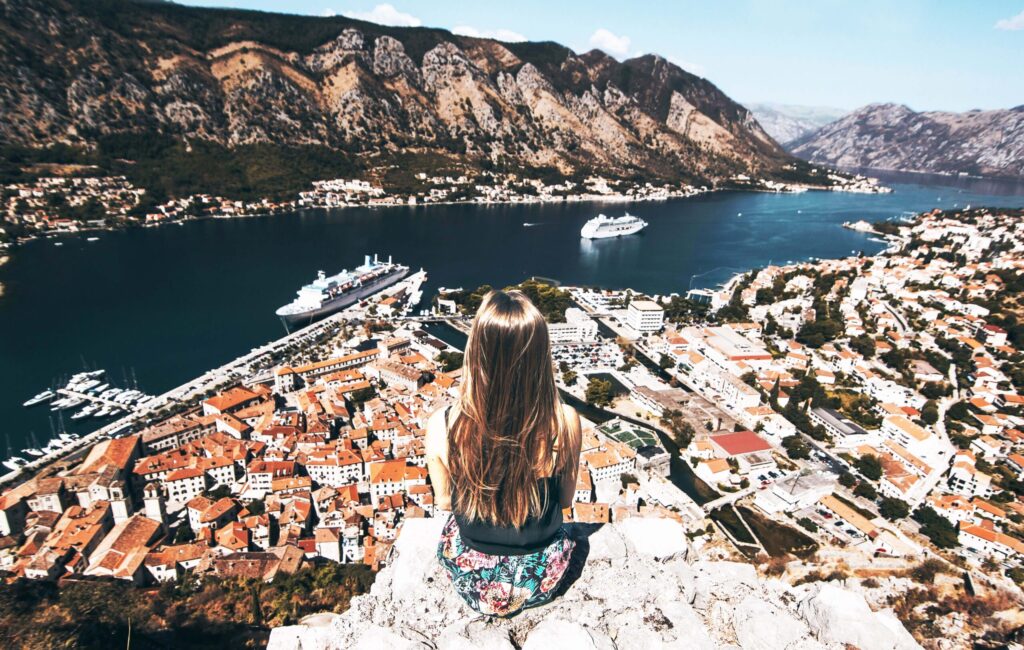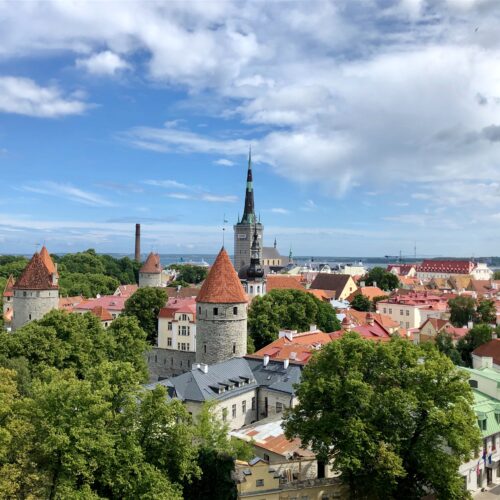Discover a Land in Europe Made Up of Mountains, Beaches, and Rakija – Your Liver Will Thank You Later
Montenegro in the Balkans, offers a breathtaking mix of natural beauty, rich history, and cultural diversity. It is bordered by Bosnia and Herzegovina to the north, Serbia to the northeast, Kosovo to the east, Albania to the southeast, Croatia to the northwest, and the Adriatic Sea to the west.
From the rugged peaks of Durmitor National Park to the tranquil waters of the Bay of Kotor, this small country is monumental, complete with its stunning coastline, pristine lakes, and picturesque towns, Montenegro is a true marvel.
Add to that its delicious cuisine, friendly people, and fascinating cultural heritage, and you have a destination that promises an unforgettable experience.
Things to do in Montenegro:

- Visit Durmitor National Park: It offers stunning scenery, outdoor activities like hiking, skiing, and rafting, and the deepest canyon in Europe.
- Explore Kotor Old Town: A UNESCO World Heritage site with well-preserved medieval architecture and history.
- Enjoy the beaches of Budva: With crystal clear waters and sandy beaches, it’s a great destination for swimming and sunbathing.
- Visit Cetinje: Montenegro’s former royal capital, known for its historical monuments, museums, and beautiful parks.
- Climb Mount Lovćen: For panoramic views of the region and visit the mausoleum of Montenegro’s greatest poet and statesman.
- Visit Skadar Lake National Park: With its diverse flora and fauna, including over 260 species of birds, it’s a popular destination for birdwatching.
- Take a boat tour of the Bay of Kotor: To enjoy the picturesque landscapes and unique architecture of the seaside towns.
- Visit Biogradska Gora National Park: To see one of the last primeval forests in Europe and the stunning Biogradska Lake.
- Food tours: Take guided culinary tours to try traditional dishes, sample local specialties, and visit local markets and wineries.
Did you know?
One of the most famous local dishes in Montenegro is “Njeguški Ćevapi.” It’s a grilled meat dish made from minced beef and lamb, mixed with spices, and served on a bread called “lepinje.” Another popular dish is “Skadarska Salad,” a mixture of feta cheese, roasted red peppers, eggplant, and onions, seasoned with olive oil and vinegar.
“Black Risotto,” made from cuttlefish ink, is a well-known seafood dish. These are just a few examples of the diverse cuisine found in Montenegro.
A little history:
Montenegro is a country located in Southeast Europe with a rich and complex history—the earliest human settlements in the region date back to the Paleolithic era. It was also a part of the Illyrian kingdom and later the Roman Empire.
In the Middle Ages, it was ruled by various Serbian and Bosnian rulers. In the 1400s, Montenegro became an independent principality under the rule of the Petrović-Njegoš dynasty.

In the 1800s, Montenegro fought and won several wars against the Ottoman Empire, and in 1910 it officially became a kingdom. During World War II, it was occupied by Italian and German forces, and after the war, it became a republic within the Socialist Federal Republic of Yugoslavia. And, in 2006, the country held a referendum and declared independence, becoming a sovereign state. Montenegro is a member of the United Nations and NATO known for its stunning natural beauty and cultural heritage.
The official language is Montenegrin. It is a Slavic language closely related to Serbian, Bosnian, and Croatian. Other languages spoken include Albanian, Serbian, and Bosnian. Many locals also speak English, especially in tourist areas.
The currency is the Euro (EUR). The country adopted the Euro as its official currency in 2002. Before that, the Deutsche Mark was used as a parallel currency.



